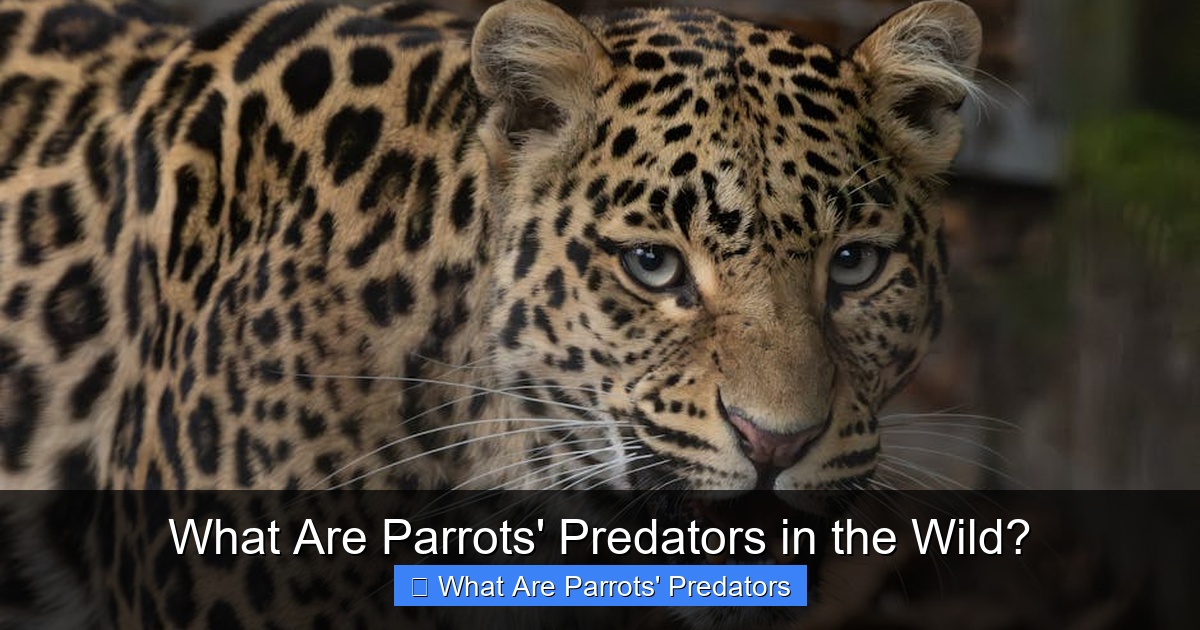
Featured image for this comprehensive guide about what are parrots’ predators
This is a comprehensive guide about what are parrots’ predators.
Frequently Asked Questions
What animals are the primary predators of parrots in the wild?
The main predators of wild parrots include various birds of prey like hawks, eagles, and owls. Terrestrial predators such as snakes, wild cats (e.g., jaguars, ocelots), monkeys, and even some arboreal mammals like martens or weasels also prey on parrots, especially nestlings and eggs.
Are smaller parrot species more vulnerable to predators than larger ones?
Generally, yes. Smaller parrot species, such as parakeets or lovebirds, face a wider range of predators due to their size. Larger parrots like macaws still have predators, but these are typically fewer in number and include larger, more powerful hunters.
Do wild parrots’ predators vary by geographic location?
Absolutely. A parrot in the Amazon rainforest will contend with predators like anacondas, jaguars, and harpy eagles, while an Australian parrot might face threats from goannas, dingoes, or wedge-tailed eagles. The local ecosystem dictates the specific predatory pressures.
How do parrots defend themselves against predators?
Parrots primarily rely on their strong flocking behavior, using alarm calls to warn others of danger. Their agility and speed in flight help them evade capture, and their powerful beaks can also be used for defense if cornered.
Are parrot chicks and eggs more vulnerable to predators than adult parrots?
Yes, parrot eggs and chicks are extremely vulnerable. Nests, even those in tree cavities, are often raided by snakes, monkeys, opossums, and even larger birds. This high vulnerability at early life stages is a major factor in natural mortality.
Are humans considered predators of parrots in any way?
While not traditional predators in the sense of actively hunting for food, humans are significant threats to parrot populations. Habitat destruction, deforestation, and the illegal pet trade can decimate parrot numbers, often having a more profound impact than natural predators.
